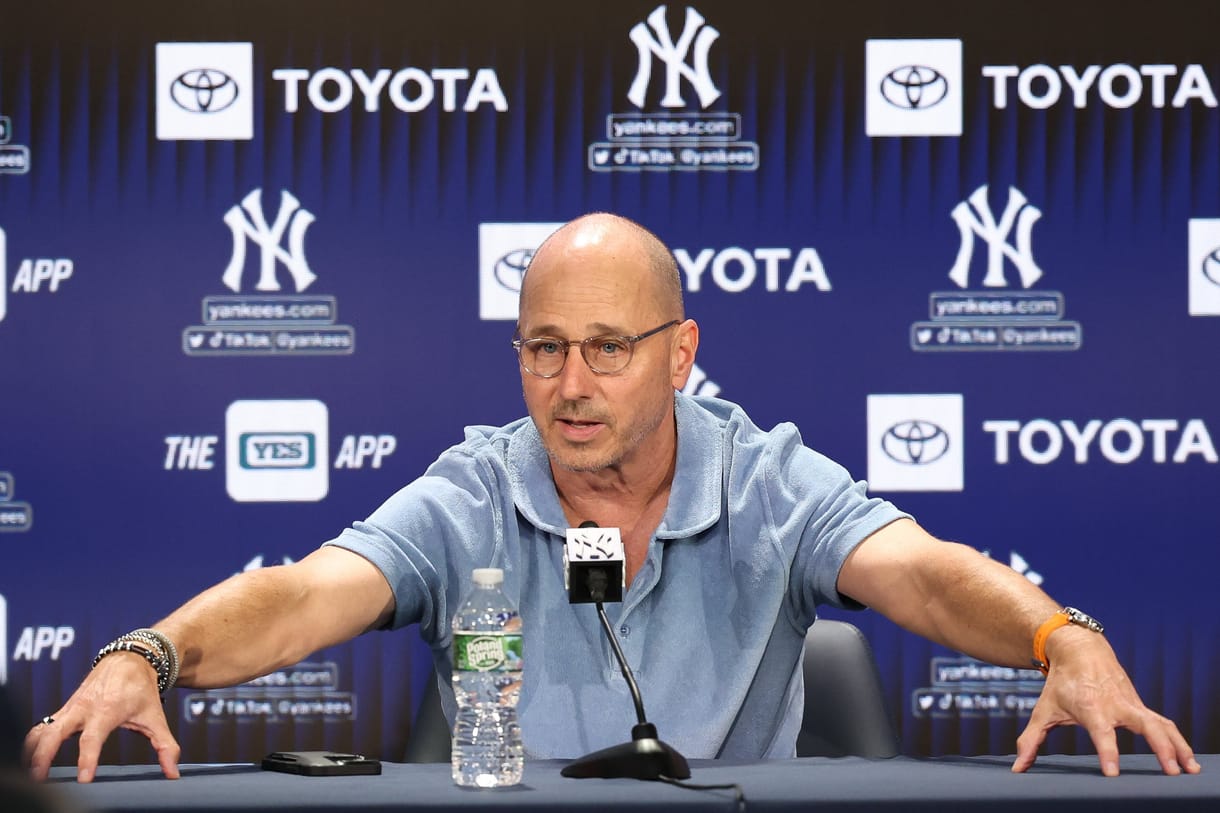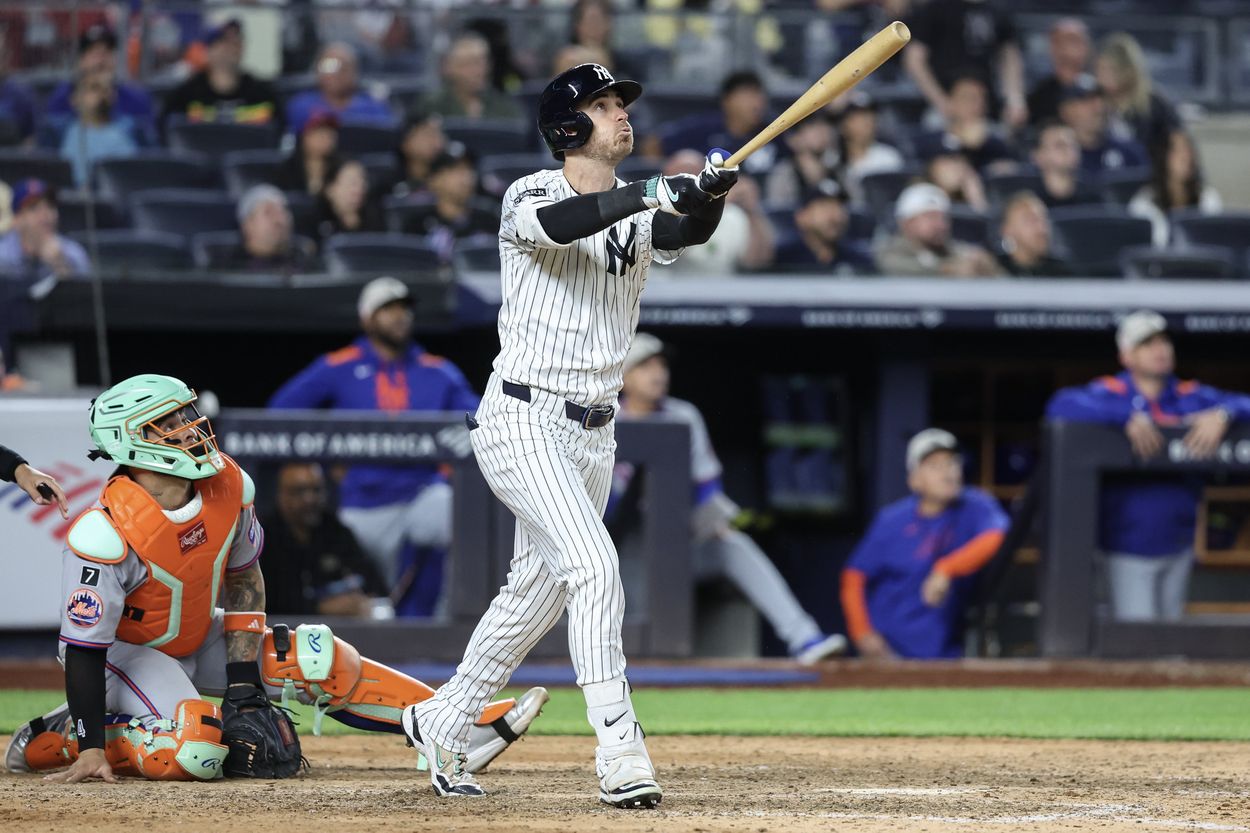
The New York Yankees head into the offseason with some major needs and only so much money to spend. Their projected payroll for 2026 sits around $230 million, roughly $70 million below the $300 million mark they’ve hovered near in recent years. And based on how aggressively they operated last season, it’s safe to assume they’ll spend every last bit of that flexibility.
But the challenge for general manager Brian Cashman isn’t just about spending money. It’s about spending it wisely. The Yankees have multiple key contributors hitting free agency — Cody Bellinger, Trent Grisham, Paul Goldschmidt, Luke Weaver, and Devin Williams — leaving several roster spots open and plenty of questions to answer.

A new financial landscape for the Yankees
Cashman acknowledged the balancing act ahead, saying, “We’ll have some free agency that’s going to hit that’ll create some vacancies. We’ve got to weigh the available marketplace via free agency or trades, with the committed payroll vs. the available payroll thereafter.”
In other words, the Yankees have to be strategic. They’ll likely push spending close to $300 million again, but that $70 million gap doesn’t go as far as it sounds when multiple holes need filling. The front office will have to prioritize where to allocate those funds — and which players are worth betting on for the next phase of their competitive window.
Key departures and who might replace them
Among the departing names, Cody Bellinger headlines the list. His offensive consistency and defensive versatility were major assets, but he’ll command a hefty contract that may not fit within Cashman’s long-term blueprint. Trent Grisham also appears unlikely to return, as the team will probably shift toward younger, cheaper outfielders.
Paul Goldschmidt, at 37, is all but gone. His short stint provided solid leadership and occasional production, but the Yankees seem poised to get younger and more athletic. As for Luke Weaver and Devin Williams, the door remains slightly open. Both had their ups and downs, and given how much the Yankees invested in relief pitching at the trade deadline, it wouldn’t be surprising if one of them — likely Williams — found his way back on a shorter deal.
The next wave of talent is ready
The Yankees don’t need to look far for reinforcements. Spencer Jones and Jasson Dominguez are expected to take on larger roles next season, potentially filling the void left by departing veterans. Dominguez’s brief flashes before his injury last year hinted at star potential, while Jones’ combination of power and athleticism makes him a natural fit for Yankee Stadium’s dimensions.
If both young outfielders can produce consistently, the Yankees could reallocate their funds toward improving the infield or adding another high-leverage bullpen arm. It’s a delicate balance between trusting the youth movement and surrounding it with proven talent.

Spending smarter, not just bigger
The Yankees have shown they’re willing to push payroll to compete, but they’re now expected to be hard-capped at $300 million. The financial space is there, yet the focus seems to be on flexibility rather than splashy signings. Cashman’s recent tone reflects a front office that’s wary of past mistakes — big money tied up in aging players and contracts that limited roster movement.
Still, history suggests New York won’t sit idle. They’re too close to contention, too invested in their core, and too eager to erase the sting of last season’s missed opportunities. With $70 million in space to work with, this offseason is about precision — making the right moves, not just the loudest ones.
The Yankees’ next few months will define how far this team can go in 2026 — and whether this payroll flexibility becomes a turning point or another what-if in the Bronx.
